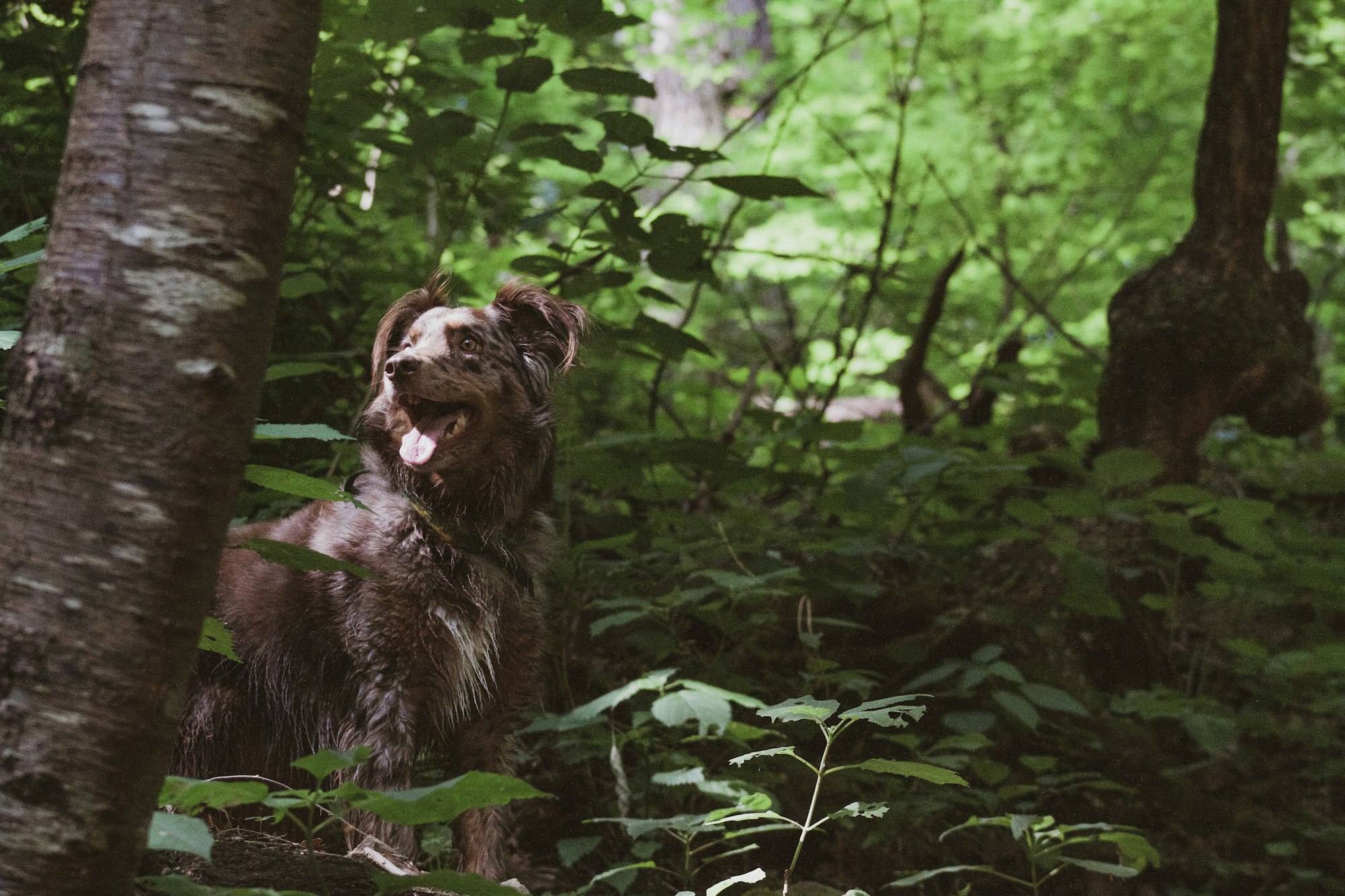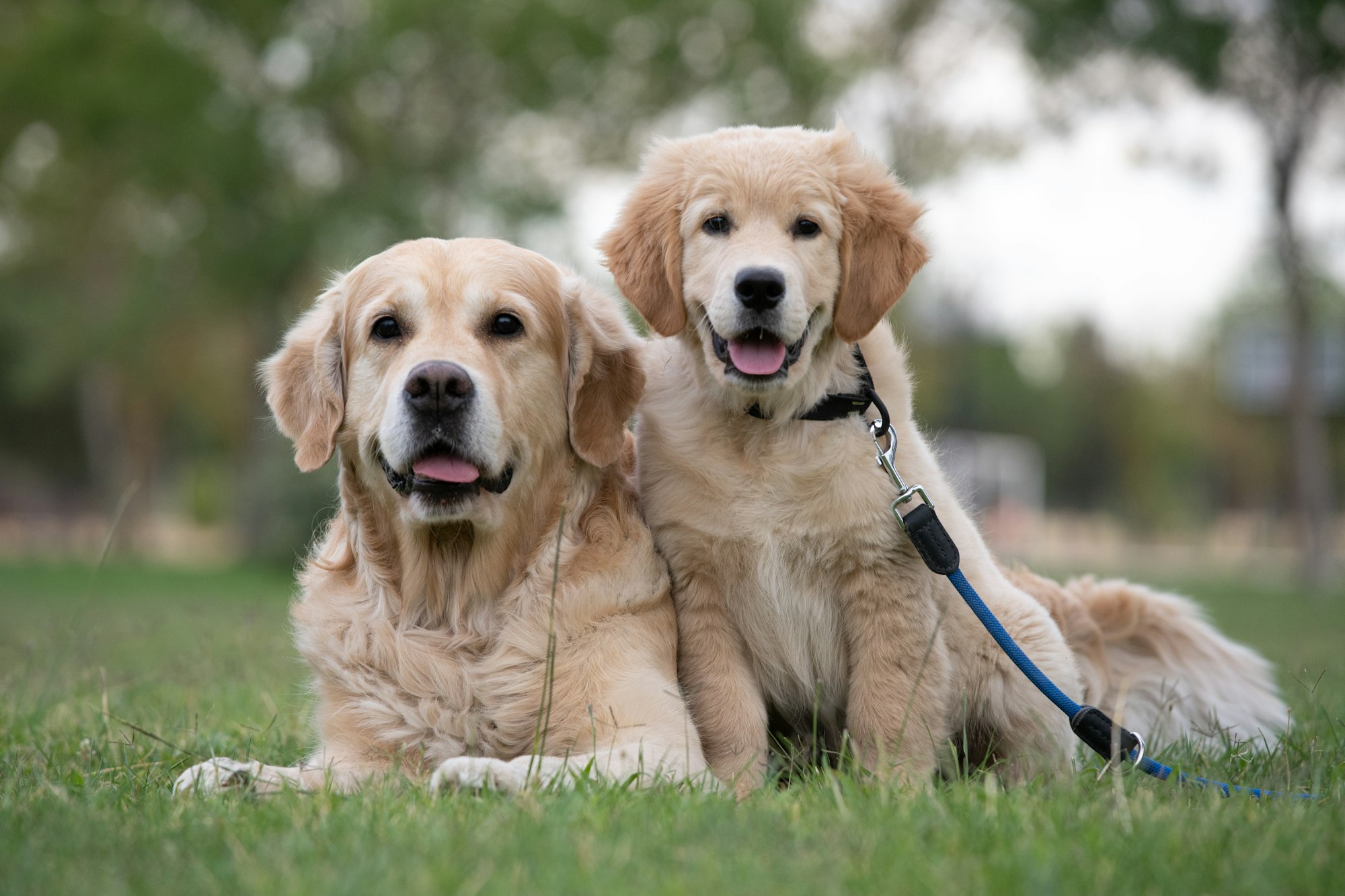Cadaver dogs, also known as human remains detection dogs, have played a crucial role in numerous fields, from law enforcement to archaeology. These remarkable canines possess an extraordinary sense of smell and have been instrumental in solving mysteries, locating missing persons, and uncovering historical secrets. In this article, we will delve into the fascinating world of cadaver dogs, exploring how they work, their diverse applications, notable cases, challenges in handling them, ethical considerations, training requirements, and future developments in this field.

How Cadaver Dogs Work
Sensory Abilities:
- Cadaver dogs have an olfactory sense that is second to none. They can detect the scent of decomposing human remains even when buried deep underground or submerged in water. Their extraordinary sense of smell allows them to identify volatile organic compounds associated with decomposition.
Training Process:
- The training of cadaver dogs is a rigorous and specialized process. It involves exposing them to various scents related to human decomposition. Dogs are taught to distinguish between human remains and other scents, ensuring a high level of accuracy in their work.
Accuracy and Reliability:
- Cadaver dogs have proven to be highly accurate and reliable in locating human remains. Studies have shown that their success rates in detecting these remains are impressive, making them indispensable in many fields.

Applications of Cadaver Dogs
Law Enforcement:
- In criminal investigations, cadaver dogs are used to locate hidden bodies, uncover evidence, and assist in solving homicides and missing persons cases. Their contributions to crime scene investigations are invaluable.
Search and Rescue:
- Cadaver dogs are vital in search and rescue operations, helping locate missing individuals in disasters, wilderness settings, or urban environments. They can find victims buried under rubble or submerged in water, providing closure to families and communities.
Archaeology:
- In the realm of archaeology, cadaver dogs are employed to identify burial sites and historic remains. They help unearth ancient civilizations and provide insight into human history.
Types of Cadaver Dogs
Human Remains Detection Dogs:
- These dogs are specifically trained to detect human remains in various scenarios, from crime scenes to disaster sites. They are often used by law enforcement agencies and search and rescue teams.
Historical and Archaeological Dogs:
- Dogs trained in historical and archaeological work help researchers identify burial grounds, ancient graves, and historical artifacts. They aid in preserving our cultural heritage.
Disaster Search Dogs:
- Disaster search dogs are deployed in the aftermath of natural disasters, such as earthquakes and hurricanes, to locate survivors and casualties. Their quick response can save lives.
Notable Cadaver Dog Cases
Famous Cases Solved:
- Cadaver dogs have played a pivotal role in solving high-profile criminal cases, bringing closure to grieving families, and ensuring justice is served. Notable examples include the Casey Anthony and Elizabeth Smart cases.
Contributions to Cold Cases:
- Cadaver dogs have breathed new life into cold cases that had gone unsolved for years. Their ability to locate long-buried evidence has led to convictions and exonerations.

Challenges in Cadaver Dog Handling
Environmental Factors:
- Environmental conditions, such as weather and terrain, can affect a cadaver dog's performance. Handlers must adapt to varying circumstances.
Human Error:
- Handlers play a crucial role in interpreting a cadaver dog's signals. Misinterpretation can lead to false positives or negatives, emphasizing the need for ongoing training and experience.
Ethical Considerations
Privacy and Consent:
- The use of cadaver dogs raises ethical questions about privacy and consent, especially in search and rescue operations. Striking a balance between respecting individuals' rights and employing these valuable resources is essential.
Animal Welfare:
- Ensuring the well-being of cadaver dogs is paramount. Handlers must provide proper care, both physically and emotionally, to these loyal companions.
Training and Certification
Training and certification are fundamental pillars in the world of cadaver dogs, ensuring that these remarkable canines perform their duties with precision and reliability. In this section, we will explore the rigorous training standards cadaver dogs undergo, as well as the certification processes that validate their capabilities.
1. Rigorous Training Standards
Training the Cadaver Dog: A Precision Art
The journey of a cadaver dog begins with meticulous training, designed to sharpen their already remarkable olfactory abilities. This process is characterized by its precision and rigor, as the stakes in human remains detection are often high.
Scent Exposure
Cadaver dogs are exposed to a variety of scents associated with human decomposition during their training. This exposure helps them differentiate between the target scent and other odors, ensuring accuracy in their work.
Discrimination Training
Discrimination training teaches cadaver dogs to distinguish between different scents, including those of animals or non-human organic material. This skill is critical to prevent false positives during operations.
Environmental Conditioning
Training extends to various environments and scenarios, including urban, wilderness, and disaster settings. Cadaver dogs must adapt to different terrains, weather conditions, and potential challenges they may encounter in the field.
Handler Partnership
Building a strong bond between the cadaver dog and their handler is integral. Effective communication and trust between the two are essential for successful operations.
2. Certification Processes
Validating Proficiency and Reliability
Certification is the hallmark of a cadaver dog's competence. Rigorous evaluation processes ensure that these canine professionals are up to the task and maintain high standards throughout their careers.
Independent Certification Agencies
Certification is typically conducted by independent agencies that specialize in assessing cadaver dog teams. These agencies establish and uphold strict criteria to evaluate the dogs' performance.
Ongoing Assessment
Certified cadaver dog teams are subject to periodic assessments to ensure that their skills remain sharp and up-to-date. This ongoing evaluation is crucial to maintaining their reliability.
Certification Levels
Cadaver dog certification often includes different levels, indicating the dog's proficiency and experience. Higher-level certifications open up opportunities for involvement in more complex and critical cases.
Future Developments
As technology continues to evolve, so does the field of cadaver dogs. In this section, we will explore potential future developments that could enhance the capabilities of these remarkable canines.
1. Technological Advancements
Embracing Technology as an Ally
Cadaver dog teams may soon be augmented by advancements in technology, providing them with additional tools to excel in their work.
Drone Assistance
Drones equipped with advanced scent-detection sensors could assist cadaver dogs in locating human remains over larger areas or challenging terrains.
Enhanced Scent Detection Equipment
Innovative scent detection equipment may further refine a cadaver dog's ability to identify specific compounds associated with human decomposition, increasing accuracy.
2. Potential Innovations
Pushing the Boundaries of Cadaver Dog Abilities
Researchers are constantly exploring innovative methods to enhance the performance of cadaver dogs.
Genetics and Scent
Studying the genetics of scent-detection dogs could lead to breeding programs that produce even more specialized and effective cadaver dogs.
Data Integration
Cadaver dog teams may benefit from real-time data integration, allowing them to collaborate seamlessly with other search and rescue resources.
The field of cadaver dogs is dynamic, and as technology and research progress, their capabilities are likely to expand. These developments ensure that these remarkable canines remain at the forefront of human remains detection, providing invaluable support to law enforcement, search and rescue teams, archaeologists, and countless others who rely on their expertise.

Cadaver Dogs: Unveiling the Breeds with Exceptional Scent-Detection Abilities
Cadaver dogs owe much of their success to the exceptional scent-detection abilities inherent in certain dog breeds. These breeds are carefully selected and trained to harness their natural olfactory prowess, making them invaluable assets in various fields, including law enforcement, search and rescue, and archaeology. In this section, we will delve into the breeds commonly chosen for cadaver dog work, highlighting their distinctive characteristics and why they excel in this specialized role.
1. German Shepherds
Description: German Shepherds are renowned for their intelligence, strength, and unwavering loyalty. They possess a keen sense of smell, making them one of the top choices for cadaver dog training.
Scent-Detection Prowess: German Shepherds have an exceptional ability to discern scents, even in complex environments. Their versatility and adaptability make them ideal for various scenarios, from crime scene investigations to wilderness searches.
2. Bloodhounds
Description: Bloodhounds are famous for their droopy ears, wrinkled skin, and distinctive scent-tracking abilities. They have an uncanny ability to follow scent trails over long distances.
Scent-Detection Prowess: Bloodhounds possess an extraordinary sense of smell, with scent-tracking capabilities that are second to none. Their specialized nose allows them to pick up even the faintest of scents, making them invaluable in tracking missing persons or locating buried remains.
3. Labrador Retrievers
Description: Labrador Retrievers are beloved for their friendly and outgoing personalities. They are highly trainable and adaptable, making them excellent candidates for cadaver dog work.
Scent-Detection Prowess: Labrador Retrievers have a strong sense of smell and a remarkable work ethic. Their boundless energy and eagerness to please make them well-suited for both search and rescue missions and forensic investigations.
4. Belgian Malinois
Description: Belgian Malinois are agile and intelligent dogs known for their strong work ethic. They closely resemble German Shepherds but are slightly smaller in size.
Scent-Detection Prowess: Belgian Malinois possess keen olfactory senses and a high level of trainability. Their agility and determination make them suitable for urban search and rescue operations as well as disaster response.
5. Border Collies
Description: Border Collies are highly intelligent and agile dogs known for their herding instincts. Their boundless energy and focus make them well-suited for cadaver dog training.
Scent-Detection Prowess: Border Collies excel in scent detection due to their intense focus and ability to work tirelessly. They are often used in archaeological settings to locate historic remains.
6. Springer Spaniels
Description: Springer Spaniels are known for their friendly and enthusiastic nature. They are smaller in size compared to some other cadaver dog breeds.
Scent-Detection Prowess: Despite their size, Springer Spaniels have an excellent sense of smell and a strong work ethic. They are particularly adept at locating buried remains in challenging terrains.
7. Golden Retrievers

Description: Golden Retrievers are known for their gentle and friendly disposition. They are highly trainable and adaptable dogs.
Scent-Detection Prowess: Golden Retrievers possess a strong sense of smell and are often used in search and rescue operations. Their approachable demeanor also makes them suitable for interacting with survivors and victims' families.
These are just a few of the dog breeds commonly selected for cadaver dog training. It's important to note that the success of a cadaver dog depends not only on their breed but also on the quality of training, the experience of the handler, and the specific needs of the task at hand. Cadaver dogs continue to prove their worth in numerous fields, thanks in no small part to the extraordinary abilities of these carefully chosen breeds.
Conclusion
Cadaver dogs have left an indelible mark on various fields, from aiding criminal investigations to uncovering ancient civilizations. Their extraordinary sensory abilities, coupled with rigorous training, make them invaluable assets. While challenges exist in handling them, the contributions of cadaver dogs to society are undeniable. As technology evolves, these remarkable canines are likely to remain essential in their roles.
FAQs
Q1: How accurate are cadaver dogs in locating human remains?
- Cadaver dogs have shown high levels of accuracy in detecting human remains, even in challenging conditions.
Q2: Can cadaver dogs detect remains underwater?
- Yes, cadaver dogs can detect human remains submerged in water, thanks to their exceptional olfactory senses.
Q3: Are there any specific dog breeds commonly used for this work?
- Several breeds, including German Shepherds, Bloodhounds, and Labrador Retrievers, are commonly used as cadaver dogs due to their strong scent-detection abilities.
Q4: Do cadaver dogs require continuous training throughout their careers?
- Yes, cadaver dogs need ongoing training to maintain their skills and stay updated on new scents and scenarios.
Q5: What are the main challenges faced by handlers when working with cadaver dogs?
- Handlers must navigate environmental factors, such as weather and terrain, and avoid misinterpreting the dogs' signals to ensure accurate results.
In this comprehensive article, we've explored the world of cadaver dogs, from their incredible sensory abilities to their diverse applications and ethical considerations. These remarkable canines continue to make a significant impact on society, and their contributions are likely to expand in the future.




